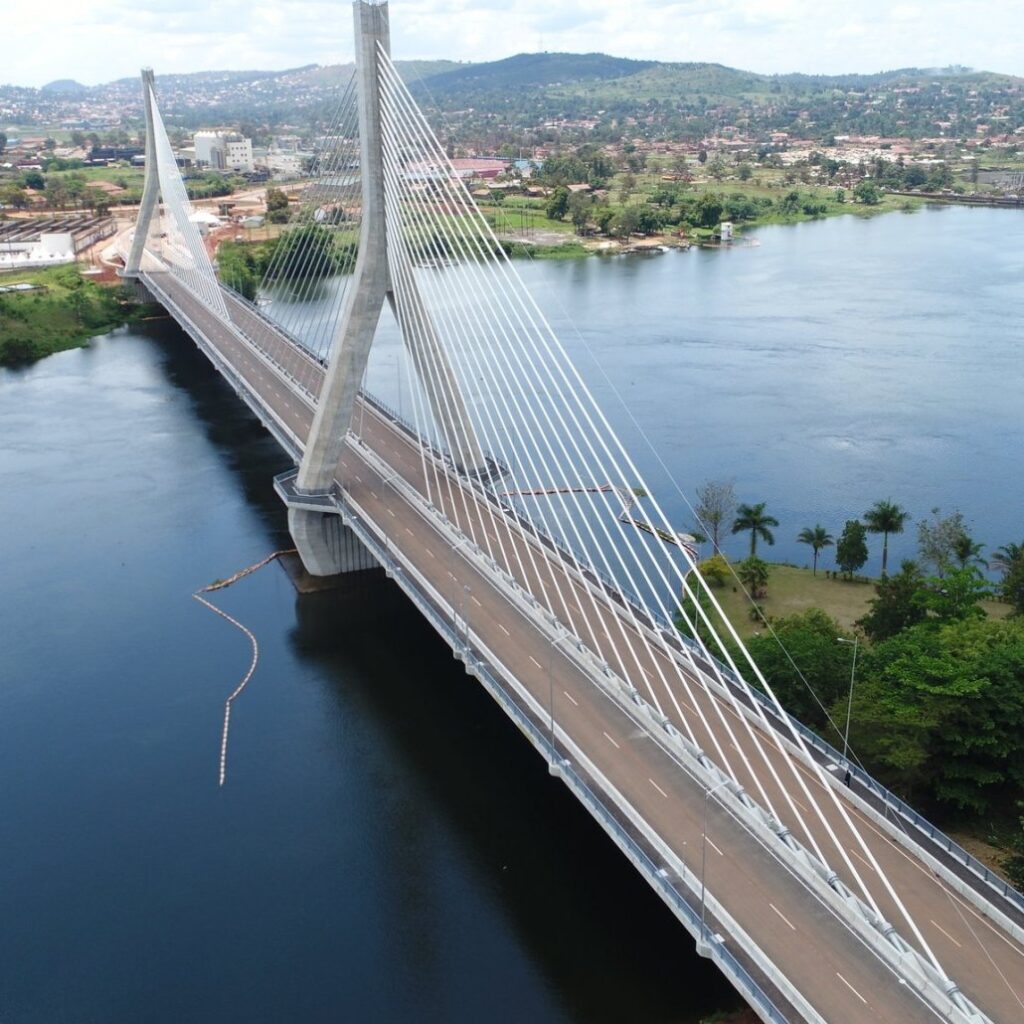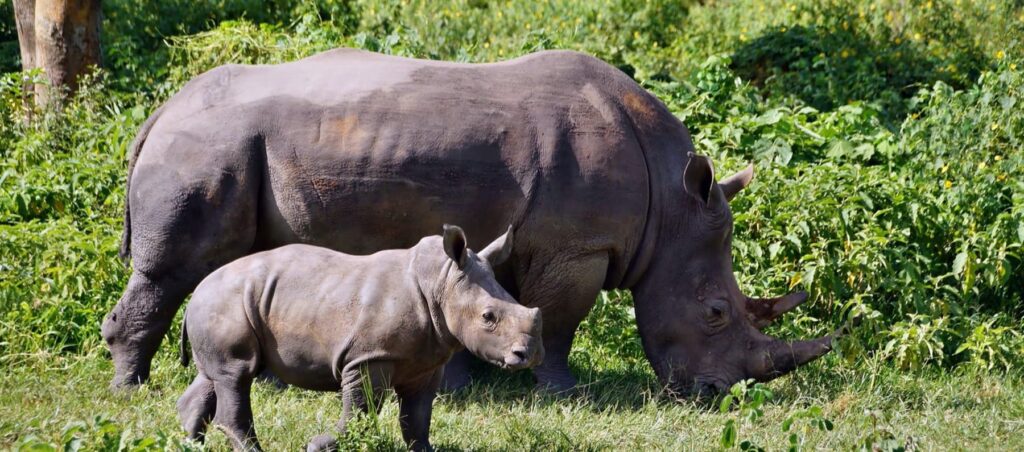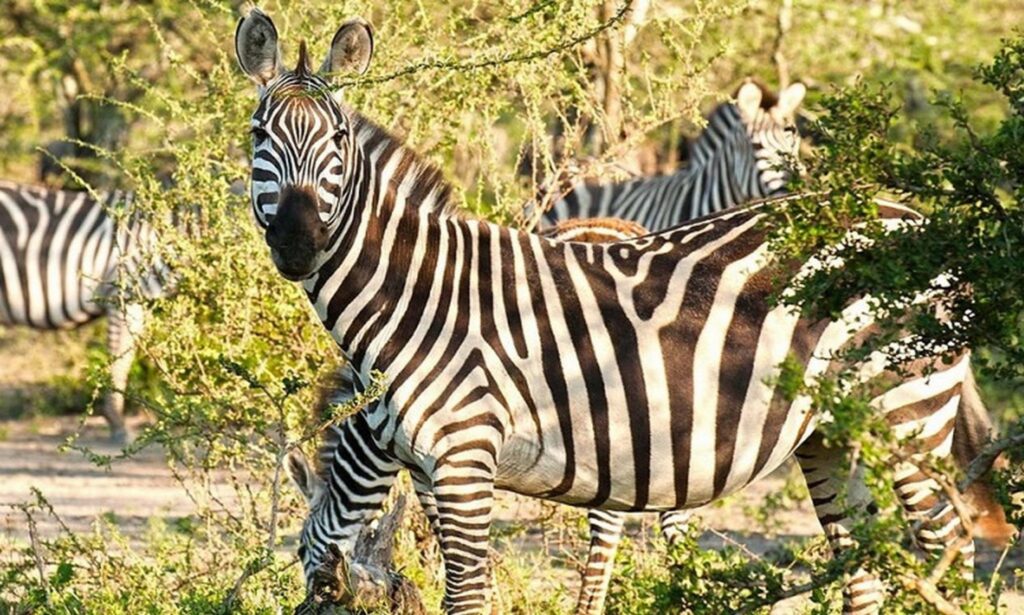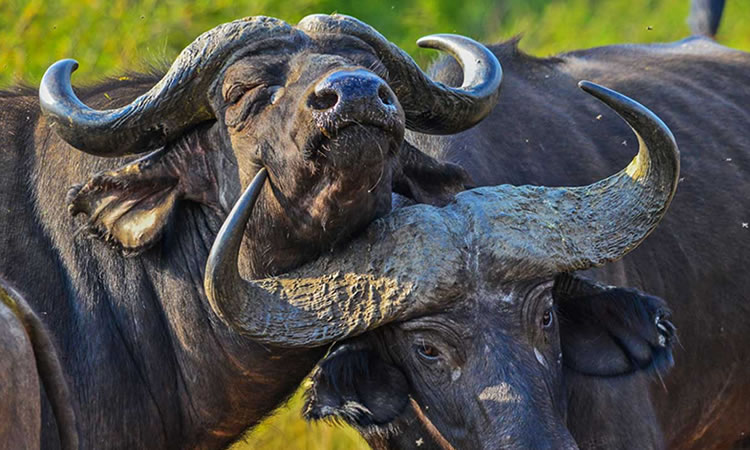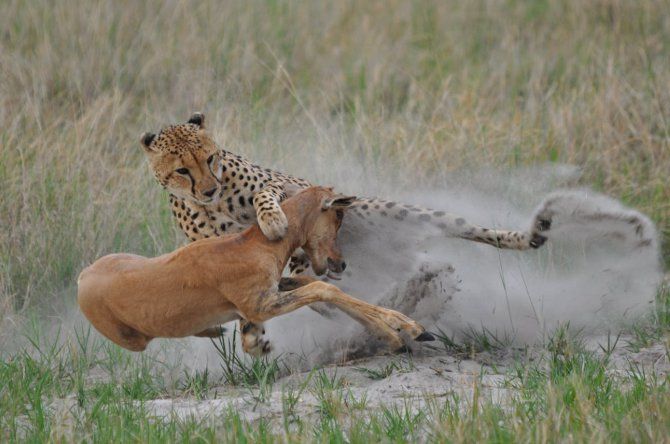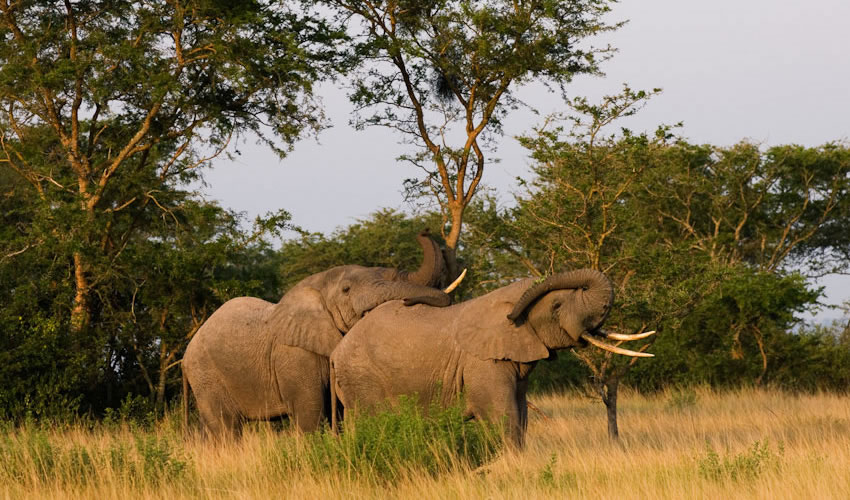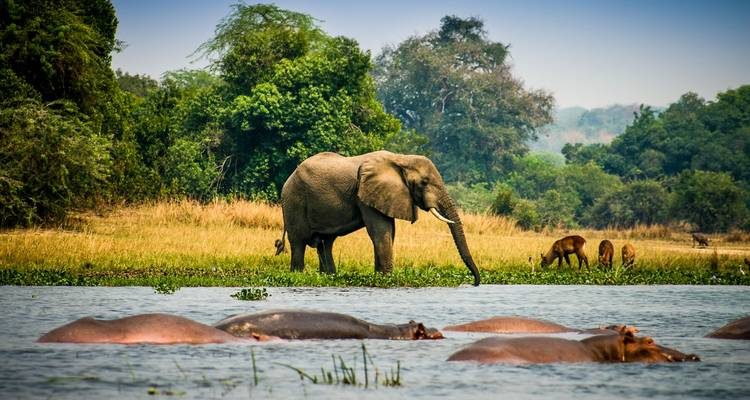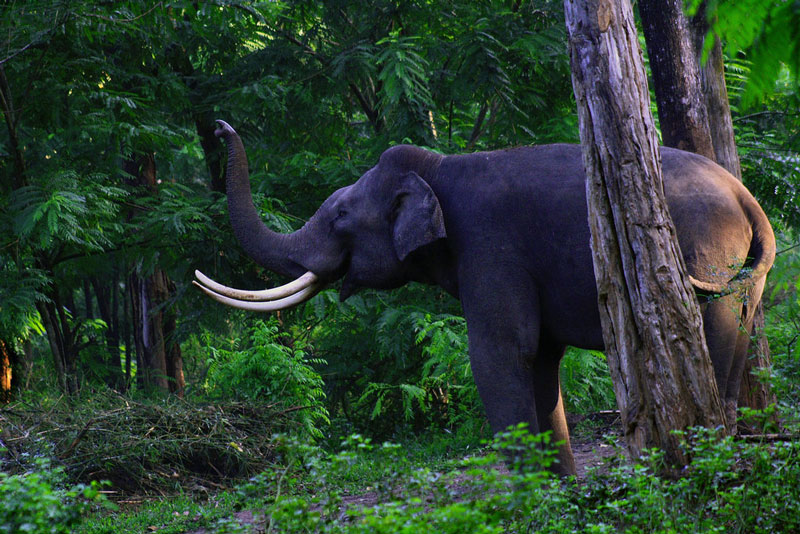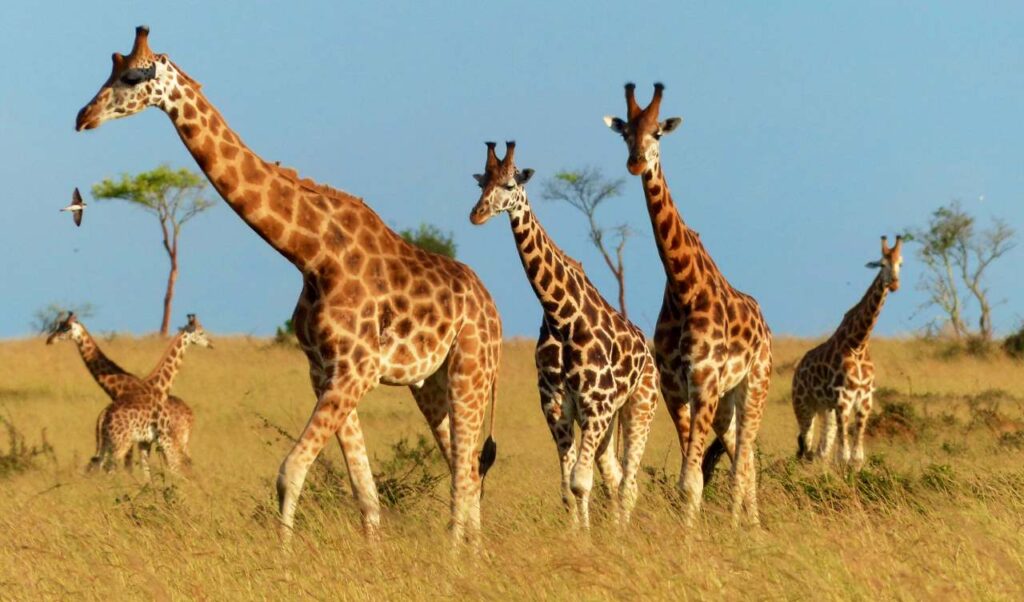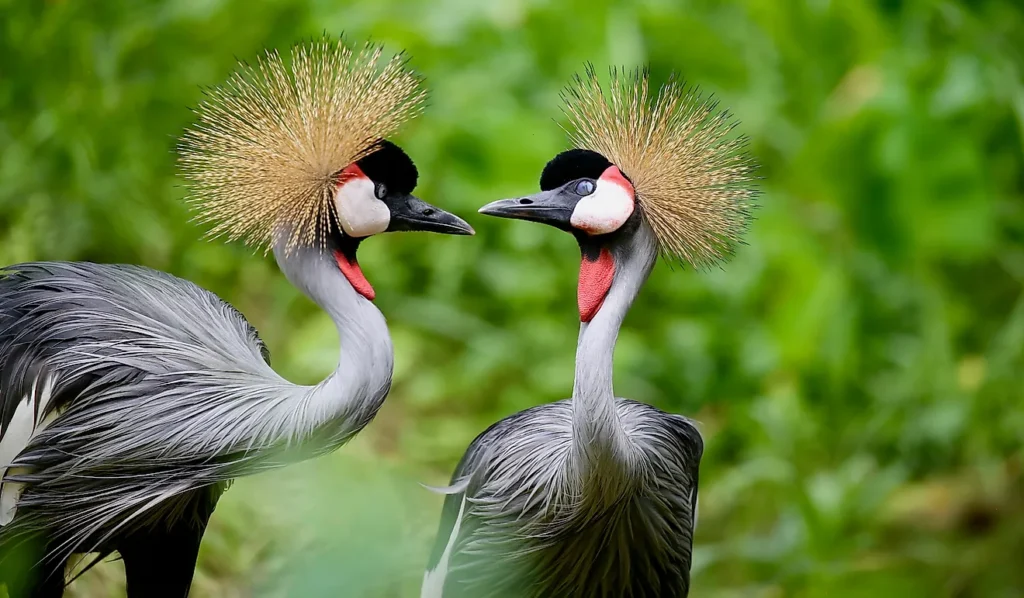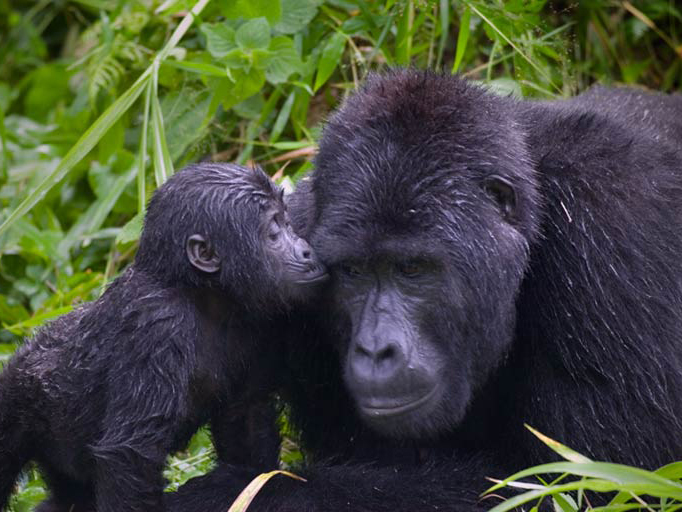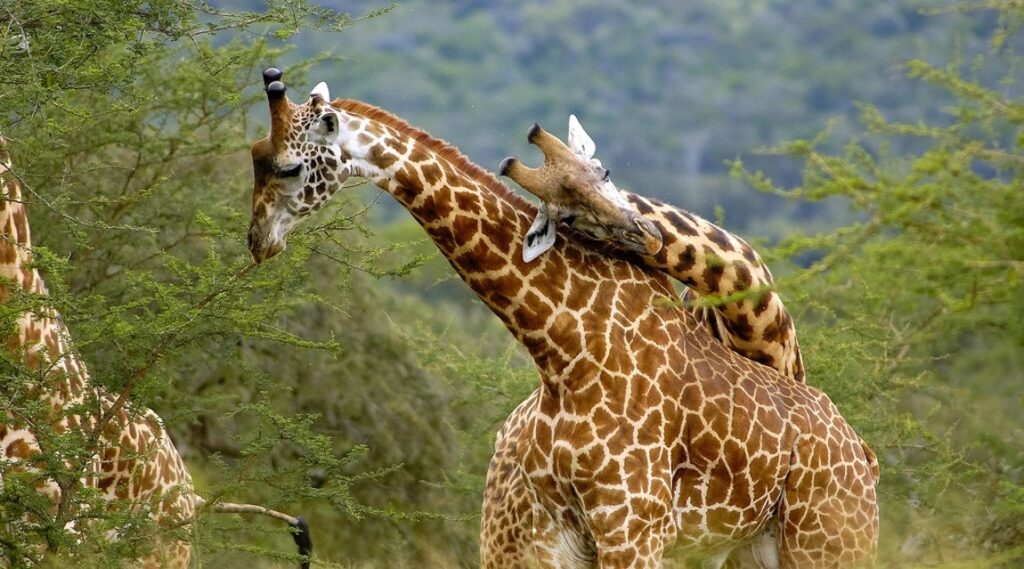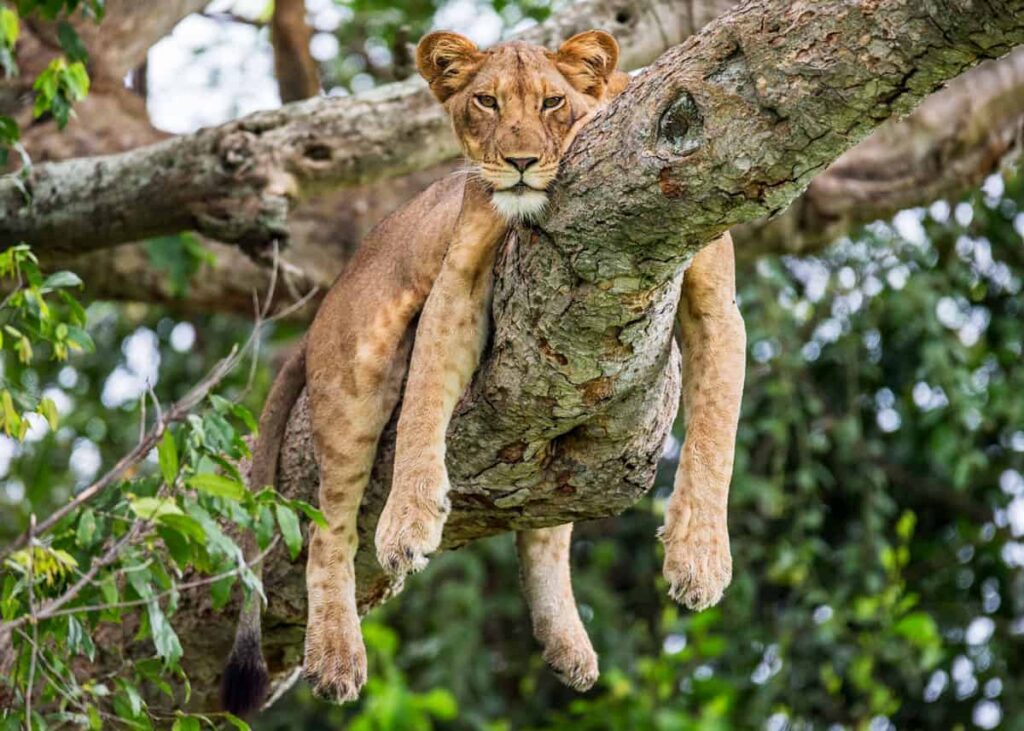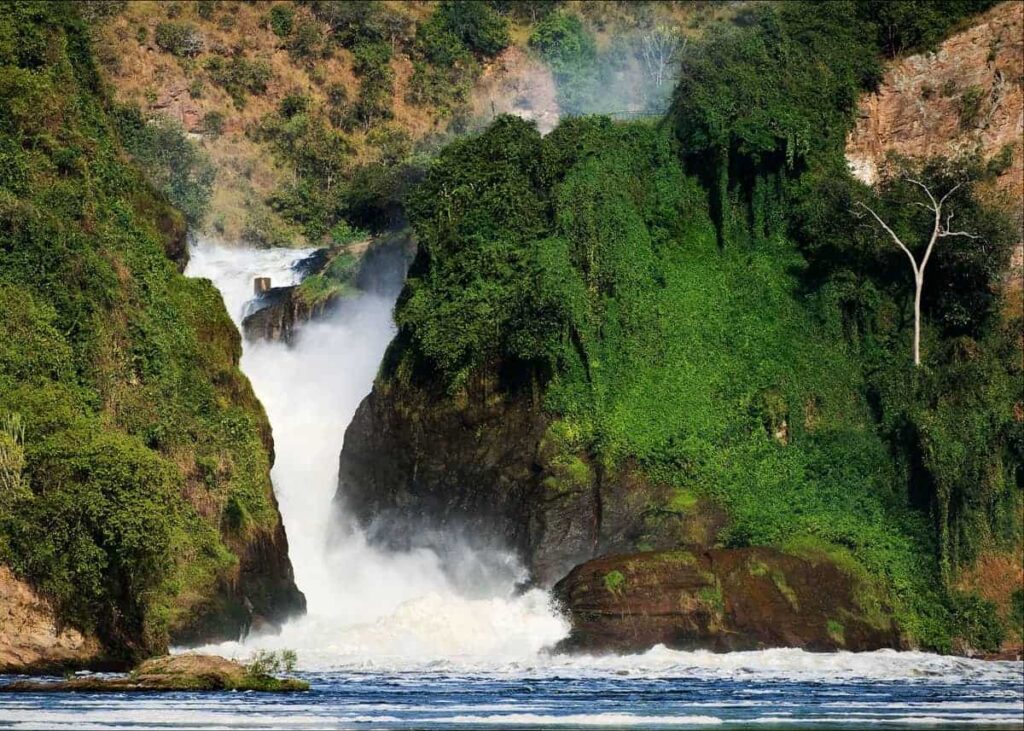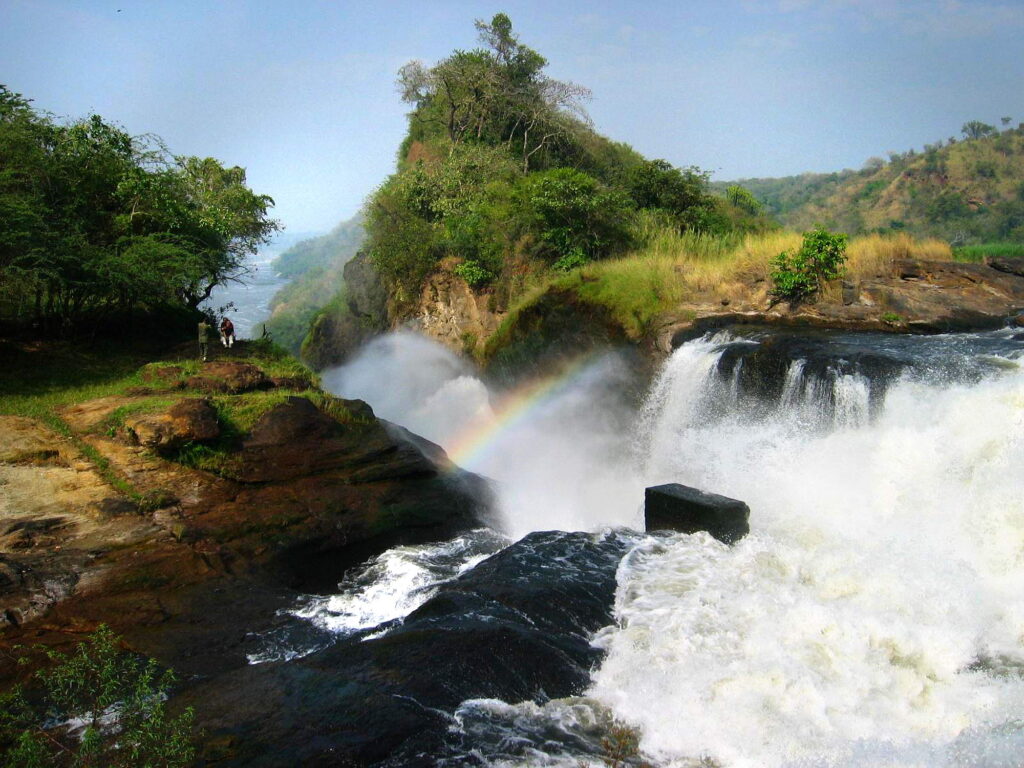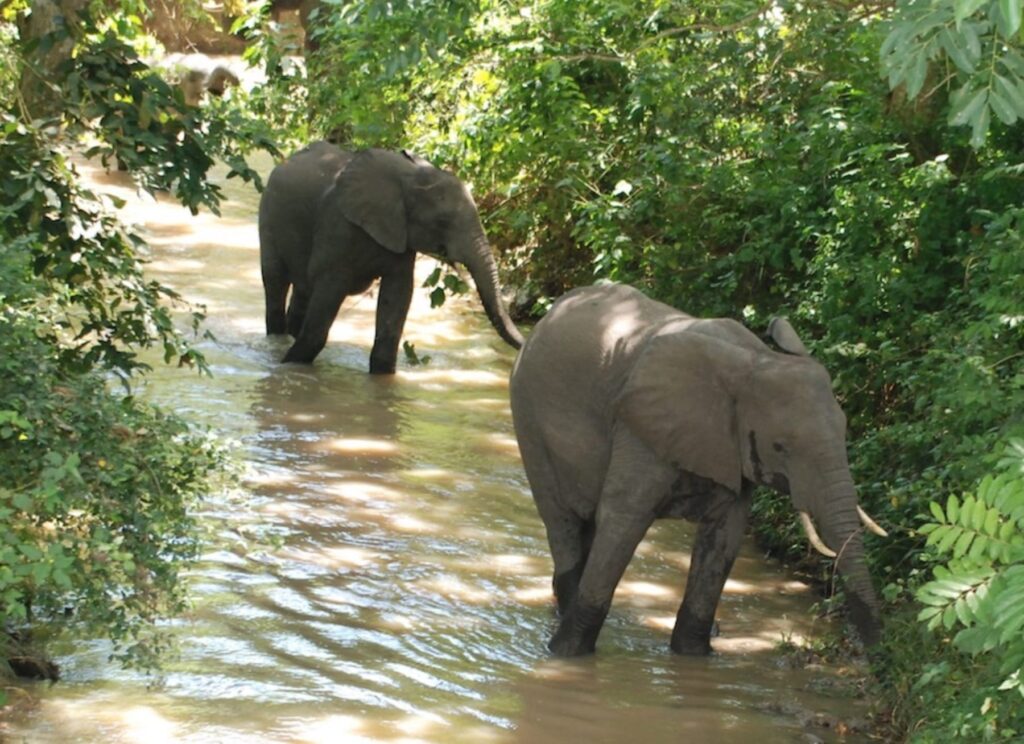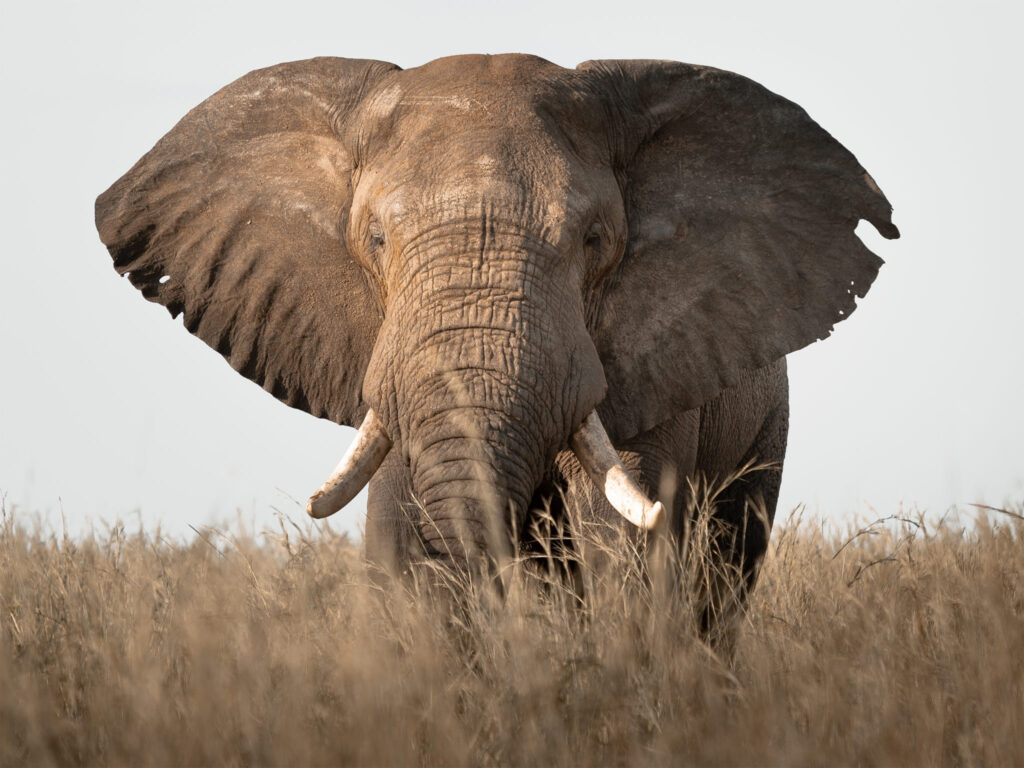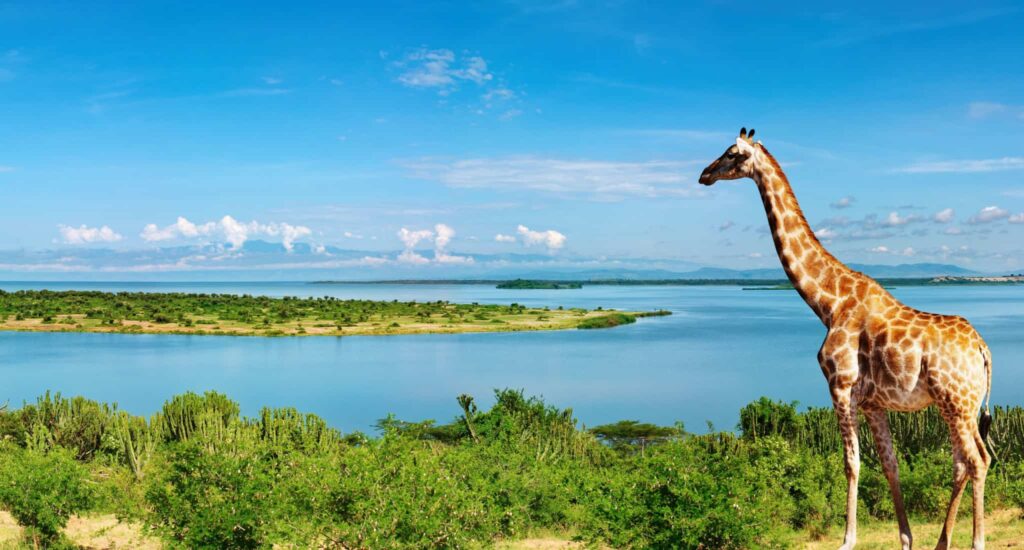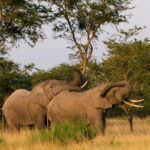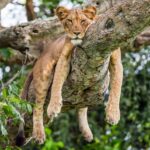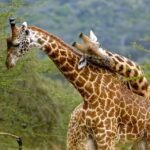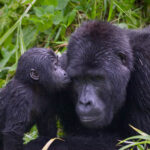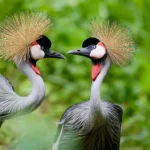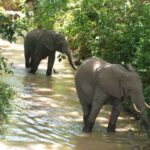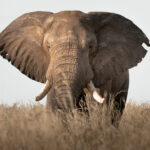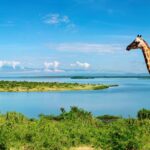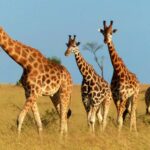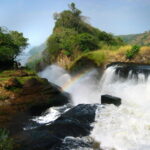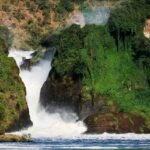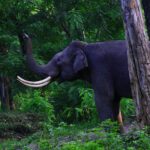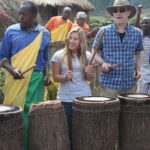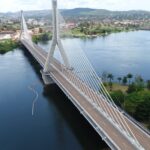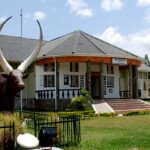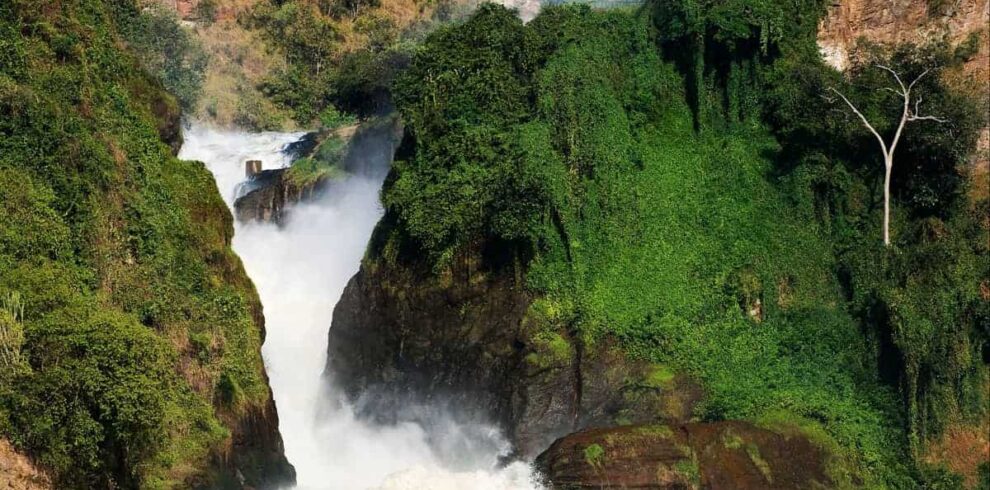Covering 236,040sq Kms of the East African plateau, Uganda is a magical destination to experience wildlife viewing in both forest and Savannah settings. It’s Bwindi Impenetrable National Park is the most visited destination in the world for mountain gorilla trekking. This is partly because it has the highest number of habituated families(living in misty green slopes). They are 18 compared to Rwanda’s 10 and Congo’s 8, as found in Volcanoes National Park respectively. On the other hand, chimp tracking and chimp habituation takes places in Kibale National Park, a vibrant tropical forest with 13 primate species comprising of both new world and old world monkeys.
If encountering a healthy concentration of Big 5 animals makes you happy, Kidepo Valley National Park and Murchison are not to be missed. On the other hand, Rwenzori Mountain National Park offers a delightful climbing experience that is destined to the third highest peak in Africa, Margherita (5,109m above sea level).
For the birdwatching enthusiast, brace yourself for 1067 recorded species, over 40% of which lives in Semuliki National Park(towards Uganda’s border with Congo). At this well conserved gem that boasts of forests, escarpments, Savannah, freshwater lakes and scenic river, you can also expect to register luck with finding 23 Albertine Endemics. This includes Neumann’s warbler and blue-headed sunbird. Other notable specials are African broadbill, Many-coloured bush-shrike, Black bee-eater, Handsome francolin, Black-billed turaco, Grauer’s broadbill, Black-faced rufous warbler, Cinnamon-chested bee-eater, Black-faced warbler, Blue-headed sunbird, Rwenzori apalis, Mountain masked apalis, Yellow-streaked greenbul, Purple-breasted sunbird, Regal sunbird and Shelley’s crimsonwing among others.
Away from eco-tourism, Uganda is a vibrant cultural hub with close to 60 different tribes, each of which has distinctive ways of life and traditions.
This tiny landlocked country further possesses a staggering wealth of natural assets: foremost amongst these is River Nile. It’s white rapids spill out of Lake Victoria and offer world-class whitewater rafting.
Best time to visit Uganda is blessed with an all-year friendly weather, as highlighted by average temperature of 23 degrees. No matter the time of your visit, you are assured of sensational experience. However, if you are after diversity, the dry months are a better bet. It cuts across June to August and December to February. During this time, it is easier to spot wildlife because the vegetation is less bushy. That aside, the skies often open up to bright sunshine, allowing photographic tours
Overview
Best time to visit Uganda is blessed with an all-year friendly weather, as highlighted by average temperature of 23 degrees. No matter the time of your visit, you are assured of sensational experience. However, if you are after diversity, the dry months are a better bet. It cuts across June to August and December to February. During this time, it is easier to spot wildlife because the vegetation is less bushy. That aside, the skies often open up to bright sunshine, allowing photographic tours

